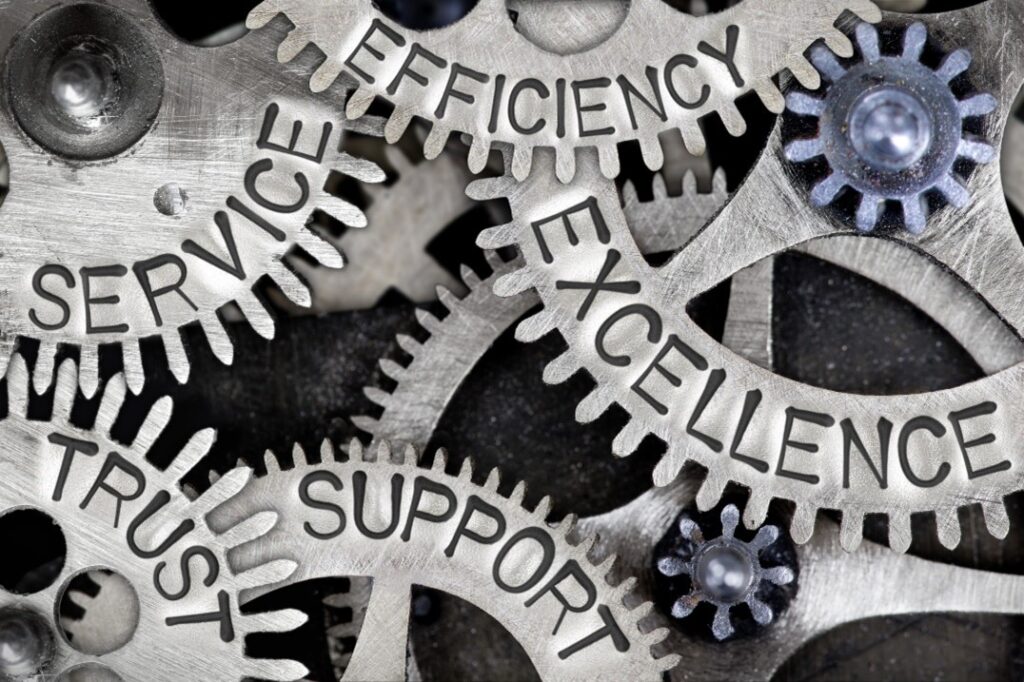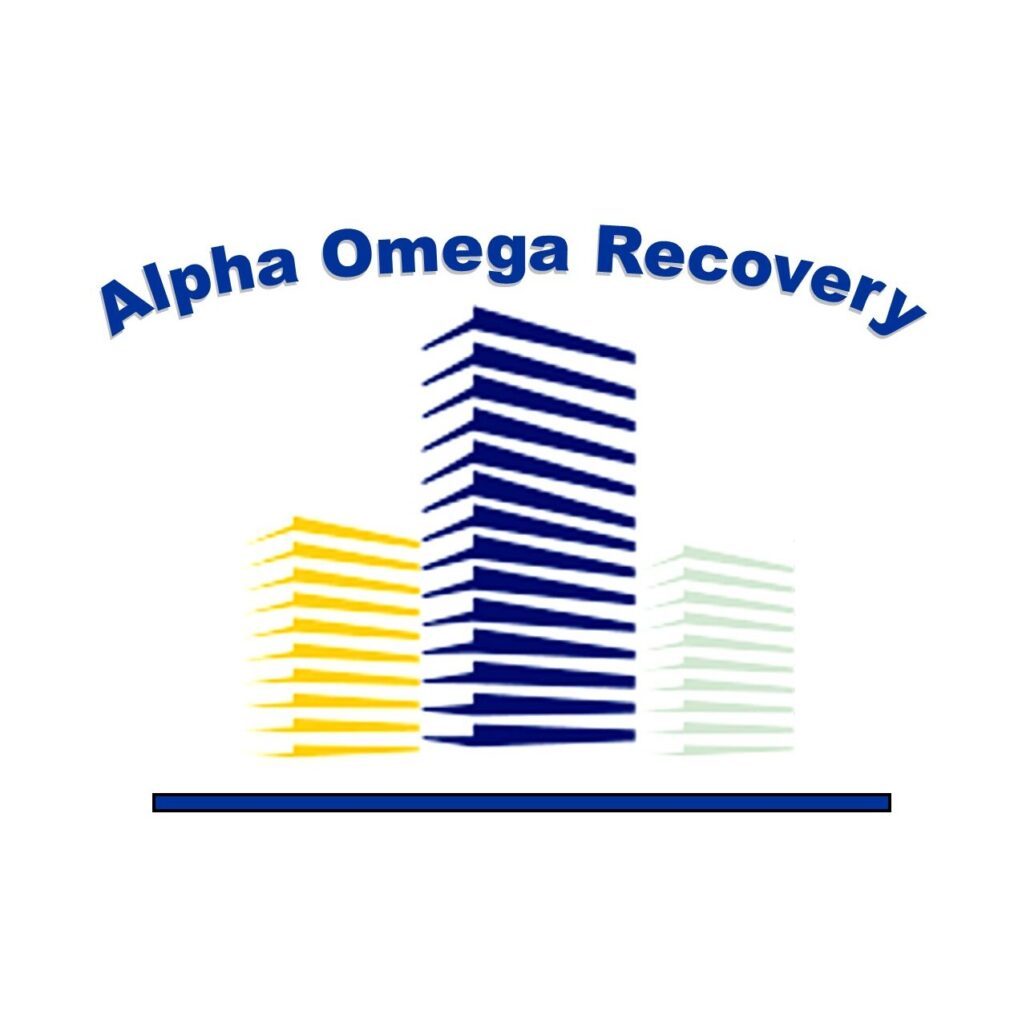Do you really need a PREP plan to recover when disaster strikes your building?

In the world of commercial property management, unexpected disasters such as burst pipes, fires, or smoke damage can wreak havoc on operations, finances, and reputation. However, while these events may be unpredictable, their impact can be mitigated significantly through proactive measures like pre-disaster planning. A Pre-Disaster or Preparedness (PREP™) plan plays an important role in ensuring swift recovery and minimizing disruptions when calamity strikes a commercial building.
Here’s why having a pre-disaster plan is not just beneficial but critical:
Minimizing Downtime: Time is of the essence in any business operation. A well-structured pre-disaster plan outlines protocols for swift evacuation – if needed, damage assessment, and mitigation and restoration efforts. By having designated roles and responsibilities established in advance, the response time to a disaster is drastically reduced, minimizing the downtime for the commercial building.
Protecting Assets and Investments: Commercial properties often house valuable assets, equipment, and confidential information critical to business operations. Even a commercial building like a hotel or nursing home holds a valuable asset – people. A pre-disaster plan includes measures for safeguarding assets.
Ensuring Safety and Well-being of Occupants: The safety and well-being of occupants within a commercial building should always be a top priority. A PREP™ plan can include comprehensive evacuation procedures, designated assembly points, and communication protocols to ensure everyone is accounted for and safe during emergencies. It should also list where vital shut-off controls are, and how to access those critical items.
Preserving Reputation and Customer Trust: Disasters can tarnish a business’s reputation if not managed effectively and efficiently. A pre-disaster plan demonstrates a commitment to safety and preparedness, reassuring clients, customers, and stakeholders that the organization is capable of managing crises effectively. This instills confidence and maintains trust even in the face of adversity. Even the staff knows and appreciates your commitment.

Compliance with Regulations and Standards: Regulatory bodies often mandate certain disaster preparedness measures for commercial buildings. By having a pre-disaster plan in place, businesses can ensure compliance with these regulations, avoiding potential fines and legal repercussions.
Mitigating Financial Losses: Recovering from a disaster can incur substantial financial costs, including repair expenses, loss of revenue, and legal liabilities. A pre-disaster plan can include provisions for insurance coverage, risk assessments, and financial contingency measures to mitigate these losses and expedite the recovery process.
Facilitating Seamless Restoration and Reconstruction: Following a disaster, the restoration and reconstruction process can be complex and time-consuming. A PREP™ disaster plan streamlines this process by identifying a reputable contractor for restoration services in advance. This ensures swift mobilization of resources and facilitates a seamless transition towards rebuilding and restoring the commercial building to its pre-disaster state. Be aware of those contractors that only want to do the clean-up, and not full service!
Enhancing Resilience and Adaptability: Disasters are unpredictable, and their impacts can vary in scale and severity. A PREP™ plan promotes resilience by fostering a culture of preparedness and adaptability within the organization. Through regular training, drills, and simulations, employees become equipped to respond effectively to any unforeseen circumstances, minimizing panic and confusion during emergencies.
Supporting Business Continuity and Sustainability: Maintaining business continuity in the aftermath of a disaster is crucial for long-term sustainability. A pre-disaster plan includes provisions for alternate workspaces, remote access to critical systems, and supply chain continuity measures to ensure that essential operations can continue even in adverse conditions. According to the SBA, only 50% of businesses that sustain a major disaster ever recover. And most of those go out of business.
Fostering Community Resilience: Commercial buildings are integral components of the broader community. By having a robust PREP™ plan in place, businesses not only protect their own interests but also contribute to the overall resilience of the community. Collaboration with local authorities, emergency responders, and neighboring businesses strengthens collective preparedness efforts and ensures a coordinated response to disasters.
A PREP™ pre-disaster plan is not just a theoretical exercise but a critical component of effective risk management for commercial buildings. By investing time, resources, and expertise into preparedness measures, businesses can minimize the impact of disasters, safeguard their assets, and ensure the safety and well-being of occupants. Ultimately, the resilience and adaptability cultivated through pre-disaster planning empower organizations to weather any storm and emerge stronger in the face of adversity.
Author: Dick Wagner, Tactical Specialist

Copyright Protected
